Increase The Age Of Your Money
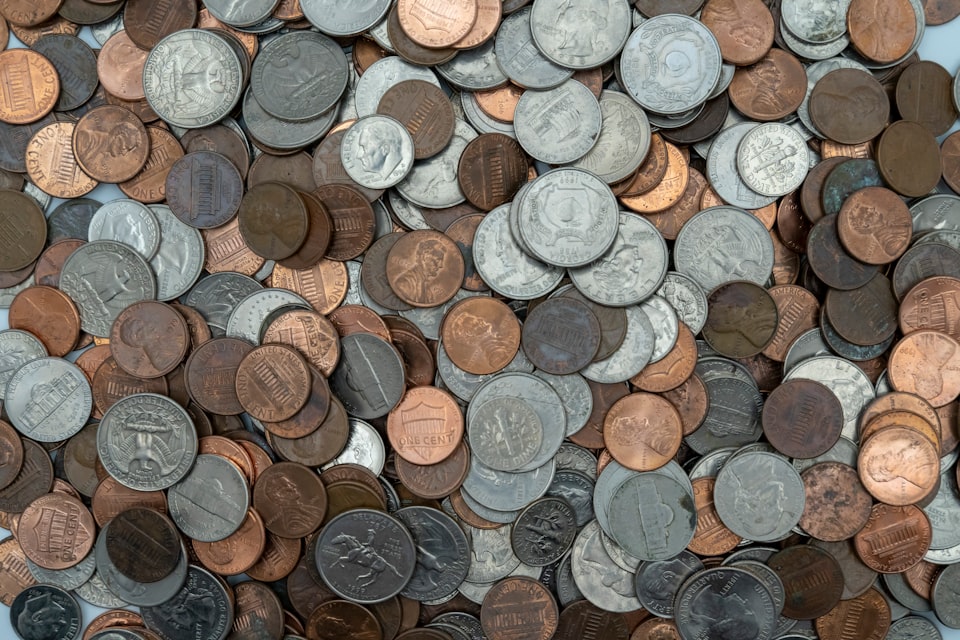
All of the things I've talked about in this section on finance are to get your business off on the right, profitable foot, and to understand how to grow it profitably.
In the startup ecosystem, this is often referred to as "bootstrapping", where you rely on the money you make to grow your business, rather than try to raise money from outside investors.
You can take the principles that make sense for you, the ones that you feel tugging at you to give them more attention or ignore them completely.
But one principle stands out as one of the simplest and most impactful because it incorporates so much of what this section covers, and is a very clear, measurable metric:
Increase the age of your money.
I got this idea and phrasing from the fine people at YouNeedABudget.com, the app I've used to track my personal finances for years.
In the top corner of their app, it shows you the "age of your money", which they define as the length of time your money has been in your bank account before you spent it.
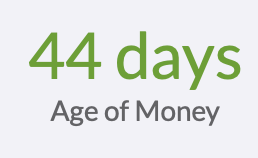
If your money were only a few days old, then you'd be experiencing the paycheck-to-paycheck lifestyle. Money comes in one day and gets spent the next.
Once you reach 14 days then you have a little bit of breathing room, and 30+ days means that you're living on the income from last month.
That's the ideal scenario. Having enough "runway" means that you have the ability to pay your bills, cover your expenses, grow your business, and pay yourself what you want to be paid.
If there's one thing to actively do for the next three months is to focus on that singular goal - increase the age of your money.
Here are three ways to do it:
- save
- cut your costs
- add a new product or service revenue stream
Save to increase the age of your money
The simplest of the three is to simply save money for a little while.
Drive your car less.
Wait to buy that new piece of equipment or rent out that office space.
Skip a month of hiring contractors and do more of the work on your own.
Whatever it looks like for your business, you can try and save up 30 days of money over the next three months.
If your monthly expenses are $4,000, then you need to save $1,333 each of the next three months.
And if you're already at 14 or 15 days age of money, then you only need half that amount.
Cut your costs to increase the age of your money
The next step can be used simultaneously or on its own if saving isn't an option right now.
Cutting costs means going through all of your expenses and either cutting them out or cutting them down.
Cutting out means removing unnecessary expenses from your spending.
Look at-
- subscriptions
- apps with a monthly fee
- eating out
- buying equipment
- upgrading equipment
- contractors and freelancers
What can you cut out? What do you no longer need, even if it's just for a short period of time?
What expenses can you combine to get more for less?
Cutting down means negotiating the costs or finding more cost-effective options.
- Pay annually for app subscriptions (often saving 20% or more)
- Negotiate project rates with your contractors instead of hourly rates
- Bringing your lunch instead of eating out every day
Go through your bank statements for the last three months to see everything that you've spent money on, and look at what you can realistically cut out or cut down to increase the age of your money.
Add more revenue to increase the age of your money
Easier said than done, yes, but to find success long term often is as simple as increasing the amount coming into your business while keeping what's going out the same.
It's often easier to make an extra $1,000 per month through a new product or service offering than to cut $1,000 per month.
In the next chapter, we'll discuss how to invest in assets that compound over time and bring in new revenue for your business.
The key takeaway from this chapter is that your "age of money" is an important metric to keep track of.
If you don't want to use YNAB (which is more of a personal finance tool anyway), you can simply look at how much money is in your bank account and compare that to your monthly expenses.
If your monthly expenses are $12,000, then you spend ~$400 per day.
If you have $4,000 in your account, then the age of your money is 10 days.
You can track this however you see fit, and we'll talk about other metrics to track and ways to do so in the section on systems and leverage, but for now, identify your current age of money and what you need to add to your bank account to get past the 30 day age mark.
NEXT CHAPTER >

< PREVIOUS CHAPTER
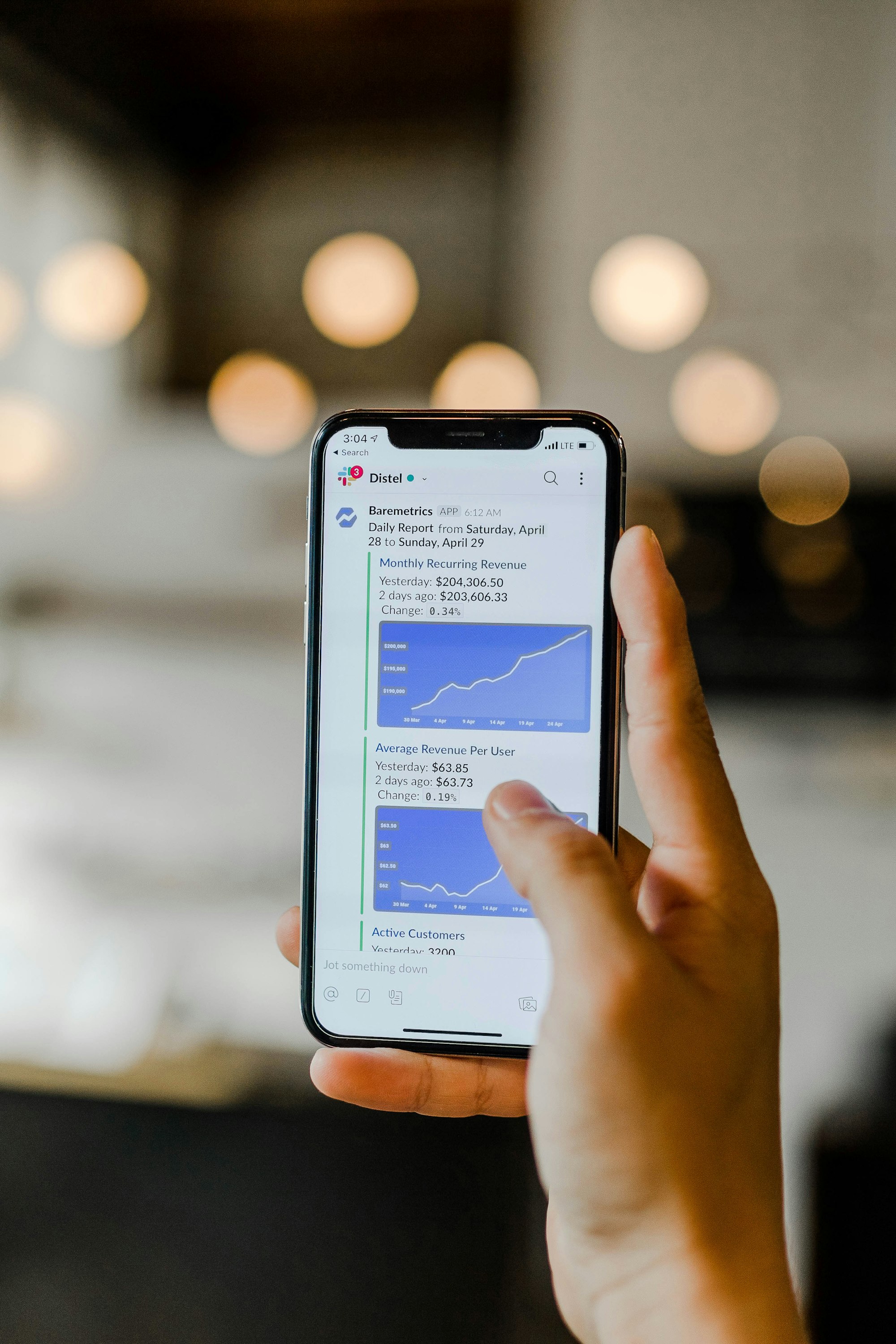


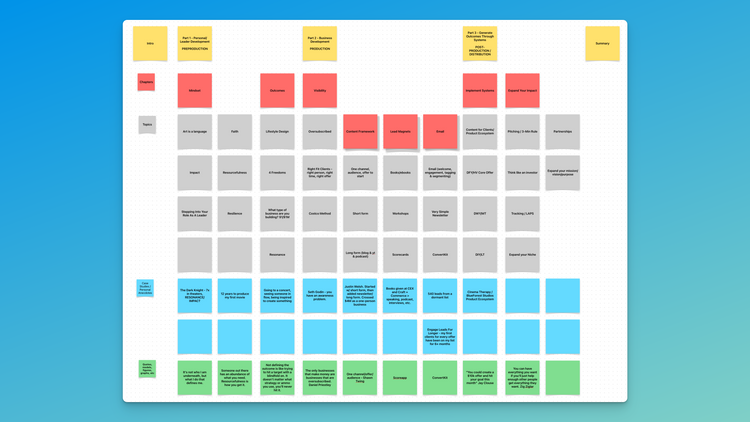


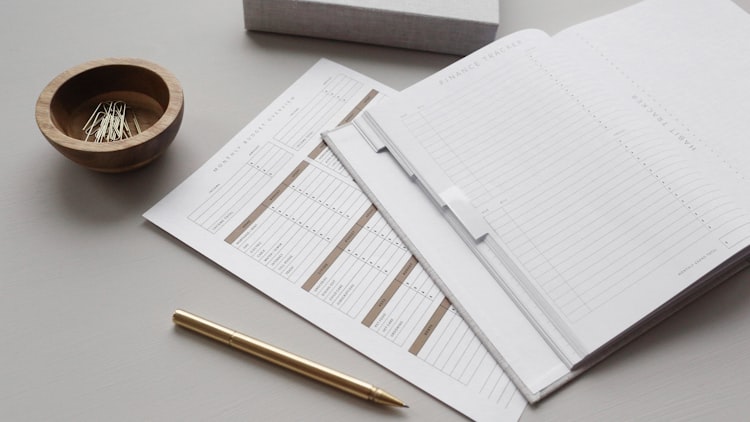

Member discussion